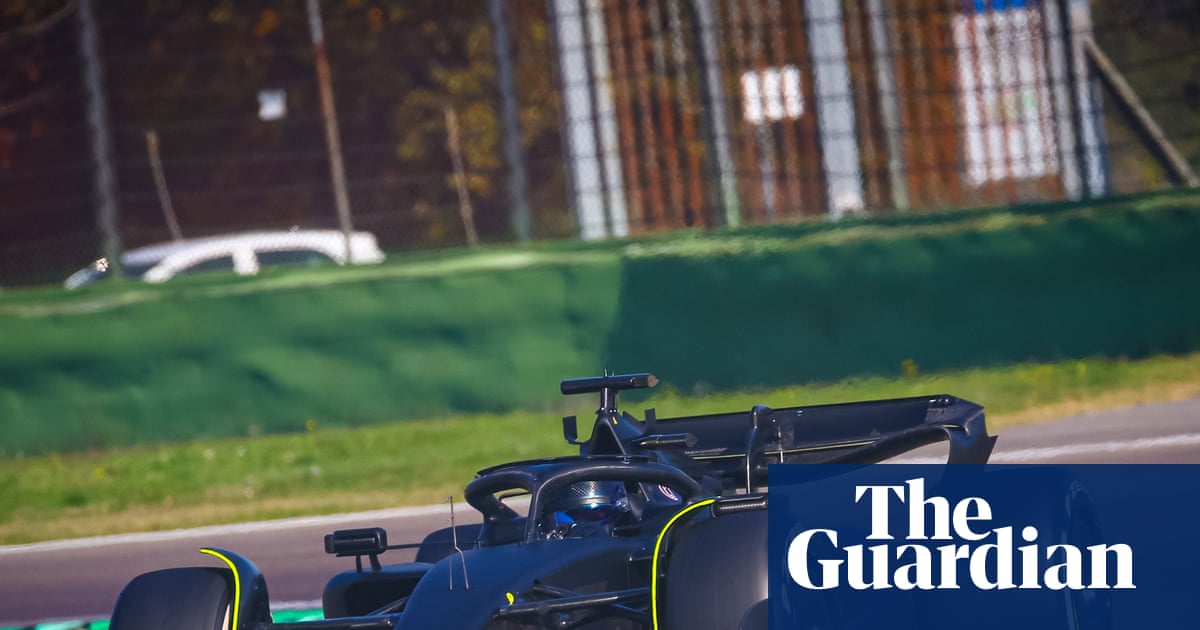With just over 100 days remaining until the eagerly anticipated opening race of the 2026 Formula One season in Melbourne, the motorsport world’s newest team, Cadillac, is racing against time to prepare for its debut. The American automotive giant was officially granted entry into Formula One a year ago, during the inaugural Las Vegas Grand Prix, and since then has been engaged in a high-stakes, high-pressure project to establish a competitive F1 team from the ground up. Team principal Graeme Lowdon has likened the challenge to the Apollo moon landing, highlighting both the scale and urgency of the endeavor.
Building a Formula One team from scratch is a rare and daunting undertaking, one that few in the sport ever get to experience. Cadillac’s effort has been marked by an intense work rate and a relentless push to develop the infrastructure, personnel, and technology needed to compete at the highest level of motorsport. The team’s chief technical officer, Nick Chester, who joined shortly after the team’s formation in early 2023, reflects on the whirlwind journey with a mix of pride and realism. Chester, whose career includes technical leadership roles during Fernando Alonso’s championship-winning years at Renault and later at the Mercedes Formula E outfit, acknowledges the unique opportunity and challenges presented by this project.
“It’s like nothing else,” Chester says. “When you’re in an established team, you don’t get the chance to change the cultural approach. Building an F1 team from scratch — when are you ever going to get a chance to do that?” He notes that while there is occasional time to look back and appreciate how far the team has come in under three years, the overwhelming feeling is that there is still a vast amount to do before they can even take to the track.
Cadillac is well aware that as a new entrant, expectations must be tempered. Lowdon has candidly stated that simply making it onto the grid next year would be an achievement in itself, with the new team likely to start at the back of the pack. However, Chester and Lowdon both emphasize the desire to prove their legitimacy and competitiveness from the outset. Their immediate goal is to demonstrate that Cadillac belongs in Formula One by operating efficiently and professionally during their debut season. Beyond that, they aim to show steady progression and build a foundation for future success.
In the pursuit of experience and competitiveness, Cadillac made headlines in August when it announced the signing of two seasoned drivers for the 2026 season: Sergio Pérez and Valtteri Bottas. Both drivers bring invaluable experience from top-tier teams—Pérez from Red Bull and Bottas from Mercedes—and their involvement underscores the team’s serious intent. Bottas, known for his determined and pragmatic approach, expressed cautious optimism about the road ahead. “There’s going to be a mountain of work to do,” he said, “and it’s probably going to be a difficult start because it is F1. But we’re not there to stay at the back. With this structure and group, there’s no reason why we shouldn’t quickly get up to pace and enjoy some success.”
Recruitment has been a major focus, with the team rapidly expanding its workforce. Currently, over 400 personnel are on board, with plans to reach approximately 600 in the near future. This growth supports the sprawling nature of the operation, which, unlike many contemporary F1 teams that centralize their facilities, operates across multiple locations. The team’s current base is in Silverstone, UK, but they are also completing a new headquarters in Fishers, Indianapolis. Meanwhile, in Charlotte, North Carolina, General Motors is constructing a facility dedicated to manufacturing Cadillac’s new engine, which is scheduled to debut in 2029. Until then, the team will run Ferrari power units. Additionally, the Toyota wind tunnel in Cologne, Germany, will be utilized for aerodynamic development, underscoring the global footprint of the project.
This distributed approach has prompted Cadillac to adopt a unique cultural model inspired by NASA’s Apollo program. Lowdon explained that the project’s timelines are incredibly compressed, and the team cannot afford the delays typical of traditional hierarchical management structures. Instead, Cadillac has implemented a flat management system that empowers individuals and teams to make decisions swiftly without excessive layers of approval. “If you have to go through a process where someone raises an issue up through multiple managers, it’s super slow,” says Chester. “We empower people to really get on with it. Moving away from management approval for everything is much cleaner and

